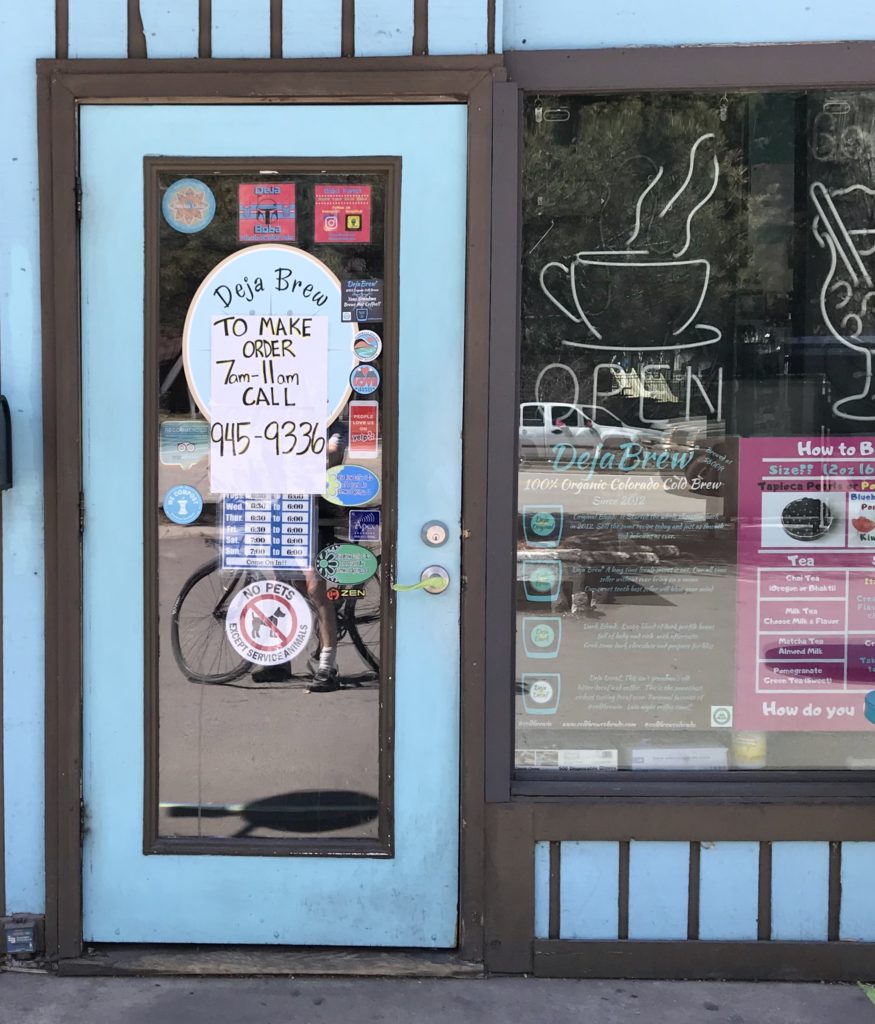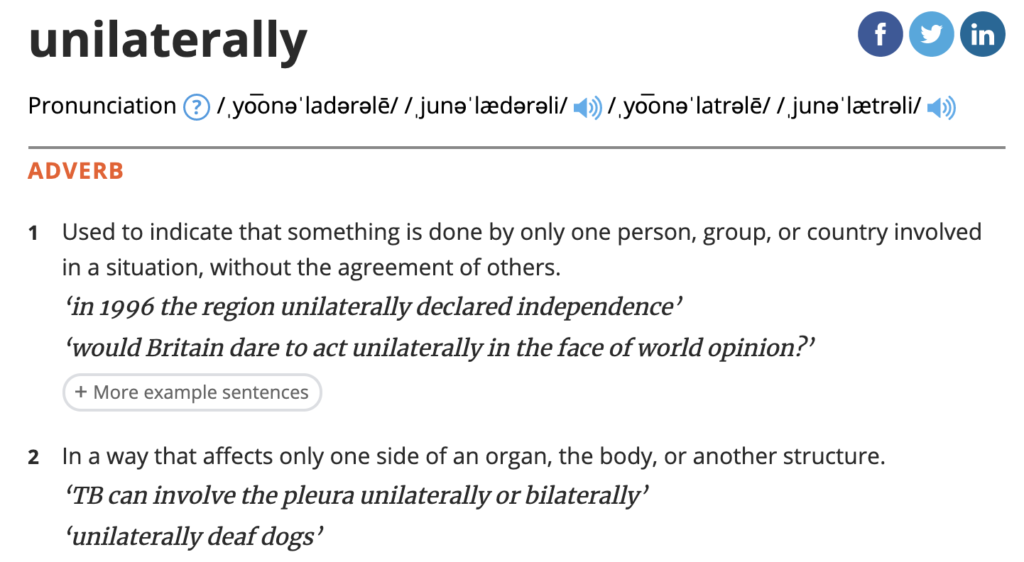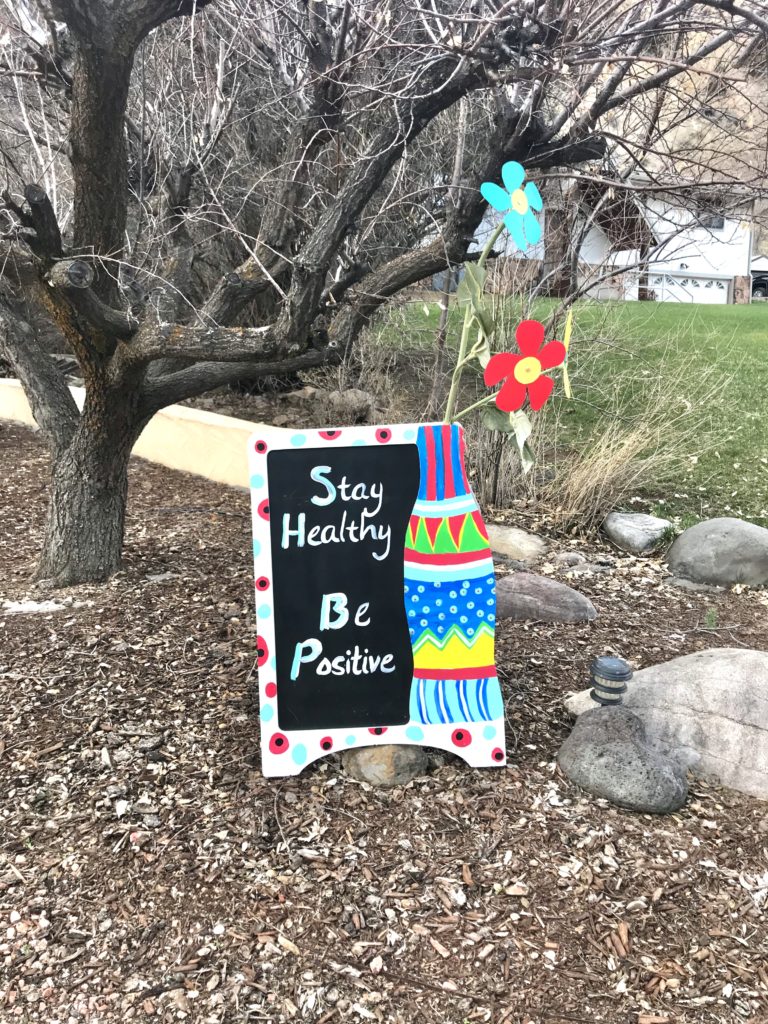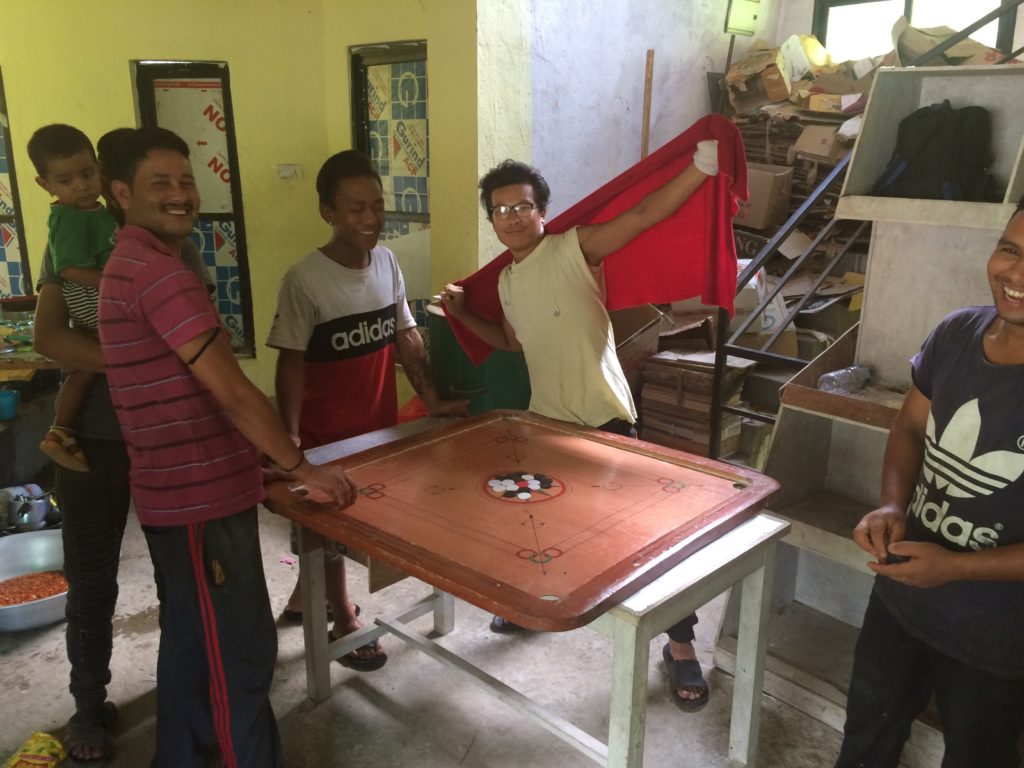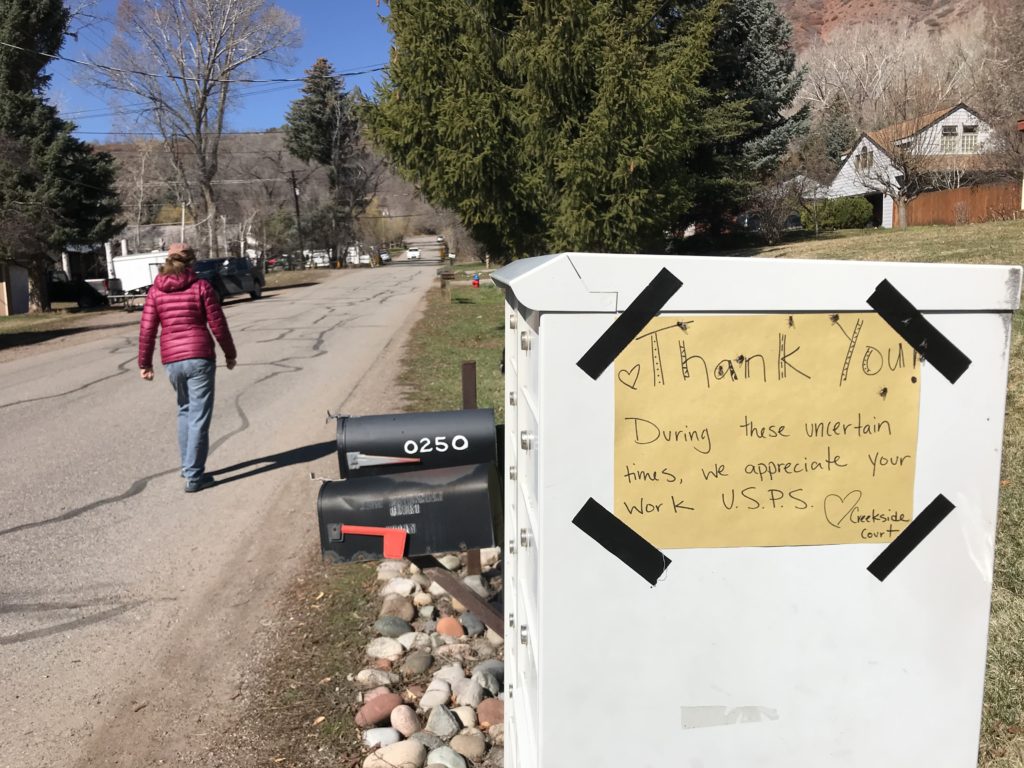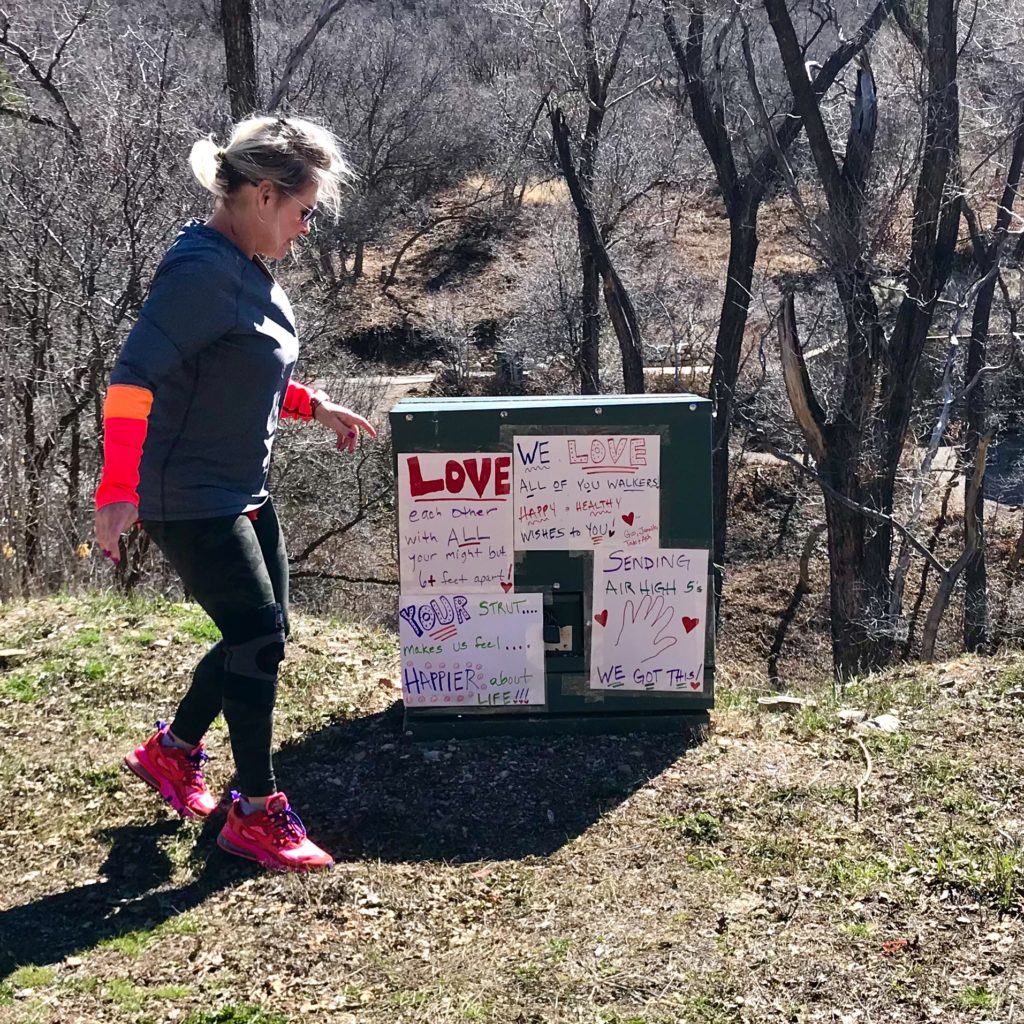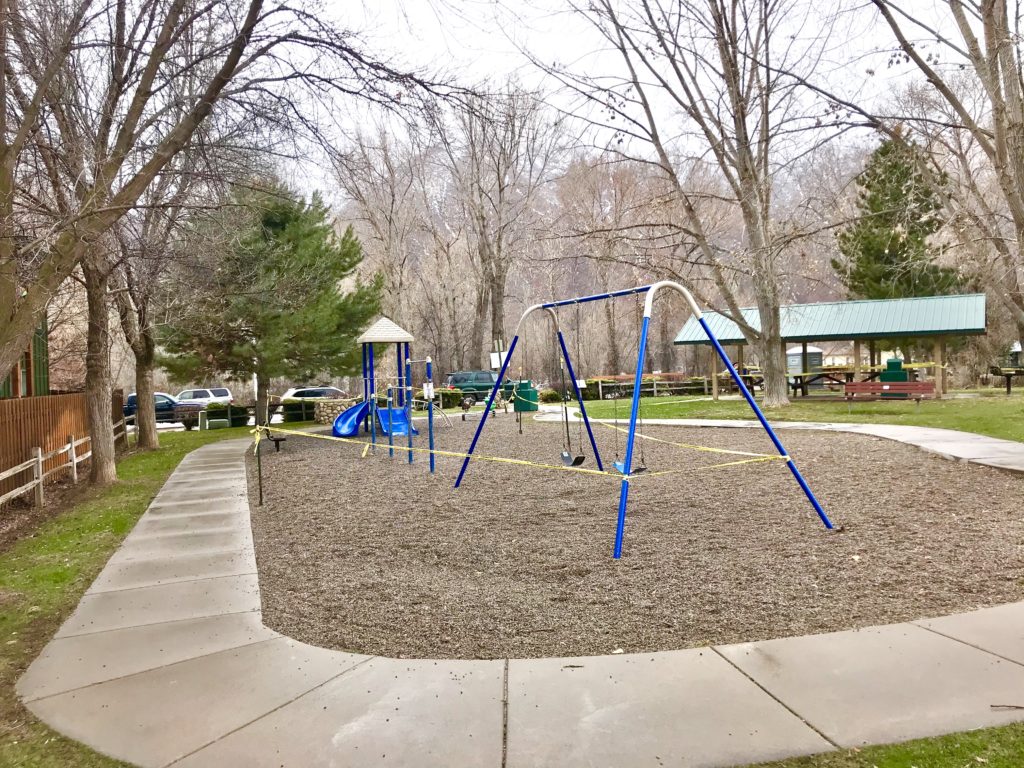Warning: This post is full of my political perspective.
I have condensed my opinion into this post so that I can
get it off my chest and focus on more unifying messages.
So you can take it or leave it.
If this is going make you disown me, don't read it.
I hope you enjoy my less political thoughts in other posts.
In a culture in which history is easily discarded or crowded with news cycles, one of the biggest stories of history is now being written. Time for us to pay attention and act.
Social disruption due to the spread of Covid-19 and the inevitable economic consequences are filling our awareness. With time on our hands, we watch the reports: Infection rates, economic indicators, stories from the front line, the state and federal restrictions, supply chains. These are trends that tell the evolving story of the problem and our collective remedies (promised and/or delivered). It’s clear, that this pandemic will impact ALL OF US sooner or later.
Interjected into the science and business of the emergency response are the political (who’s in control) questions of how, when, where and who will deliver. Where are the supplies of masks, ventilators and other protection? Do we have a test yet? When will unemployment checks arrive? Who is in charge of the federal response? What precautions / behavior do we agree on?
The Trump administration’s approach to this crisis puts the president front and center, in a position to steer the conversation and the response. This is as it should be. He is president after all. The question is whether he is squandering this responsibility to legitimately coordinate a response for screen time in front of the American people. Surely he has better things to do – people to learn from and work with – than stand in front of cameras. I used to think that he was unaware of the random diversions in his speeches. The message isn’t as much about the federal response as what he has accomplished and how other people are failing and incompetent. He is aware of what he’s doing though he doesn’t always give second thought to what or how he says it.
With the corona virus at the top of the agenda, it is more difficult for him to divert away from the main topic. It has forced him to have some semblance of an ordered, humane, message. But slowly the showman has found ways to do more magic and distract the public from the reality of the federal government’s faltering emergency response.
While people and networks might debate the competence of our response, it is evident that the president is mean spirited in his language. He has provided no rationale for distributing supplies and pits states against one another to compete for emergency resources. This approach is counter to unifying our nation. Perhaps that is the point and purpose Trump’s response. Divide and conquer.
Enter more distractions
We should expect to see more distractions injected into the news in the weeks to come. Trump has had time to read the field, to search for new wild herring. If we continue to allow him to dominate the microphone, rallying his base with divisive invective we will be dancing to his beat. The alternative is to take the offensive as some governors have done, holding his administration accountable for what is delivered and how it is coordinated (or not).
Invective is abusive, reproachful, or venomous language used to express blame or censure; or, a form of rude expression or discourse intended to offend or hurt; vituperation, or deeply seated ill will, vitriol. The Latin adjective invectivus means ‘scolding.’
The latest distraction is the evolving story behind the export of N95 masks. Trump has found a way to continue his nationalist agenda while creating a stir in the media. “Look at me flex my muscles!!!”, is the message. He is essentially saying, “I may be failing the country in organizational terms but I can still make sh$t happen.” It just so happens that this move resonates with the “close our borders” crowd. We’ll see if he changes his mind after talking with the Canadian Prime Minister, Justin Trudeau. First the tough guy headline, then the negotiation is the pattern.
“We know it is in both of our interests to work collaboratively and co-operatively to keep our citizens safe and that’s very much the tenor of our conversations and I’m confident that we’re going to get there.”
Justin Trudeau – April 5th
This critical, though factual, account of what I have read and observed of our president doesn’t mean this isn’t a difficult position that he’s in. Any president would be overwhelmed with the data, the unprecedented geographical scope, the economic impact and the shortage of supplies. My beef is with his vague, “I’m doing great”, “everybody else is an idiot”, “go it alone” routine. Why not let the experts do the work? Why not guide and support people with a clear message?
One of the president’s complaints is how surprising this situation is, how he was distracted by the impeachment trials and/or how the failures of his predecessors laid the groundwork for this event. While there is fault to go around for a lack of preparedness, this virus was identified on December 31st, 2019. What is notable is the lack of action there was on the part of our government in the from January 1st and forward.
There was warning, there was some time for the mobilization of resources. Some of these warnings were expressed formally by Democratic Presidential candidates at the end of January. Elizabeth Warren published her concerns and plan and Joe Biden expressed the same. They both recommended that we mobilize for the worst. Congressmen had opportunity to divest stocks in January so alarm was circulating.
As for the years of his administration leading up to this pandemic, there are a host questions of regarding funding, disabling or de-funding agencies responsible for a response. It appears that the Trump administration treated the threat of a pandemic much like they have with other public health and safety concerns:
The Trump administration slashed agencies and government programs responsible for detecting and responding to the virus, it ignored multiple warnings of a potential surge, and it publicly downplayed the threat of the pandemic even after it had secured a foothold in the country.
Business Insider – April 7, 2020
Of course the administration is denying their negligence. But Trump’s long pattern of behavior cannot be denied. His success at disarming public institutions who’s mandate is public health and safety is well established. It all falls under his banner: Remove government oversight. It shouldn’t be any surprise that he acted in the way that ignored good sense in favor of his disdain for government personnel, and his isolationist agenda.
As painful as it is to watch, Trump’s pattern of isolationist rhetoric and action is continuing today, April 9th. Rather than collaborating with agencies that can shorten the impact of the pandemic, he is adding to the discord by accusing the World Health Organization of being “China-centric”. Once again his best defense appears to be attributing HIS behavior to others. Stay tuned…

